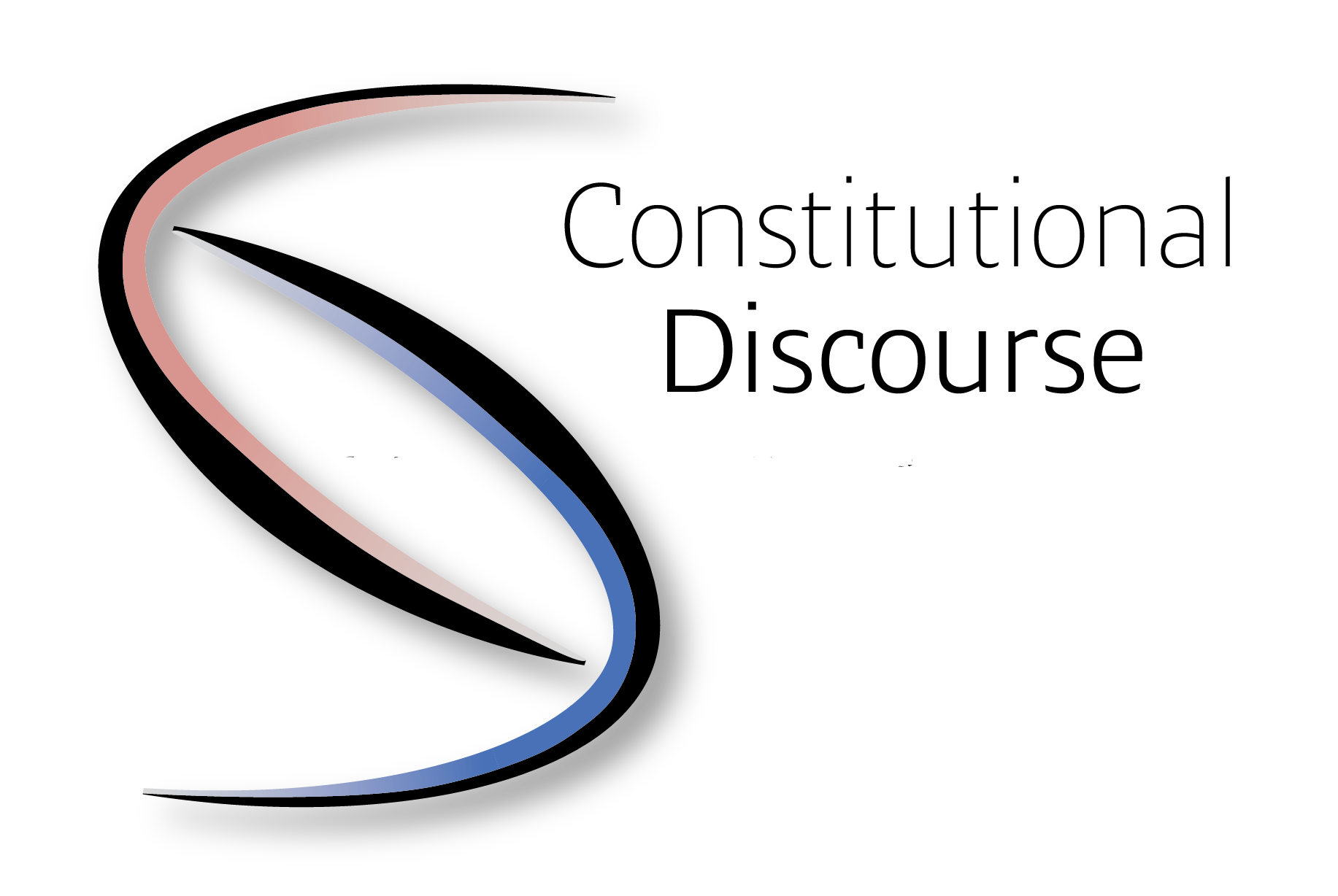E. Donald ELLIOTT: The On-Going Judicial Reconsideration of the Administrative State in the U.S
The United States is in the midst of a “constitutional moment,” a neologism invented by my Yale Law School colleague Bruce Ackerman to describe the reality that changes of constitutional magnitude are sometimes made in the United States without the
Lilla Nóra KISS: What Brexit Can Teach the US about the Importance of Civility
Rhetorical Overkill Has Consequences “Elections have consequences,” Barack Obama famously said. Words also have consequences. Suppose your long-time spouse were to say to you one not-so-fine morning, “I am leaving you. The movers are coming tomorrow.” Even if he stuck around,
Mark David HALL: ‘Christian Nationalism’: An Existential Threat to America and the World?[1]
In the traditional telling of the tale, an acorn falls on Chicken Little’s head and she runs around wildly telling all who will listen that the sky is falling. Since January 6, 2020, a host of polemicists and a few
Charles KECKLER: Independent Agencies as Reverse Parliaments: A Reconciliation of Paradoxes
At times, European constitutional discourse contributes to American discussions about the administrative state and looks at the work of independent agencies and similar institutions. Offering an American point of view of this field inspired by European institutions is not only
Márton SULYOK: Hungarian Footnotes for American Debates on Common Good Constitutionalism – Part II.
Constitutional Case-Law in the Land of (Missed) Opportunities After the introduction laid out in my earlier post on Hungarian Footnotes to the US CGC debate regarding judicial interpretation and the common good, (here), in the following I will present some of
Márton SULYOK: On Methodologies, Findings and “Contextual Determinants”
Comments Inspired by some Evidence on Constitutional Courts In their book titled High Courts in Global Perspective (Evidence, Methodologies and Findings) published in 2021 by University of Virginia Press, the editors provide constitutional and political science scholars the map to a
Márton SULYOK: Is American thinking about unalienable rights alien in Europe? A comment of Professor Bernal’s thoughts
Reading the most recent publication of Professor Carlos Bernal here on Constitutional Discourse about the fundamental features of American Constitutionalism in light of the 2020 Report on the Commission on Unalienable Rights lead me to dust off an old article
Carlos BERNAL: The Magnificent Seven. On the Functions of ‘Unalienable Rights’ in American Constitutionalism
The concept of ‘unalienable rights’ became the subject of a new chapter of the “Human Rights Era” in American Constitutionalism when, in July 2019 Secretary of State Michael R. Pompeo announced the creation of a Commission on Unalienable Rights. The
Lilla Nóra KISS: Constitutionalism: Universal but Unique?
In the current “rule of law” climate, a book such as the one reviewed hereunder might provide us with some much needed guidance in our arguments over what the concept of constitutionalism is and what it really means in terms
Lee J. STRANG: A Comparison of the Historical Constitution and Originalism
Appearances May Be Deceiving I. Introduction As an American legal scholar whose primary research is on constitutional interpretation and its originalist school, the concept of the Historical Constitution in Hungary’s Fundamental Law offered a fascinating comparative opportunity. The Historical Constitution and Originalism




